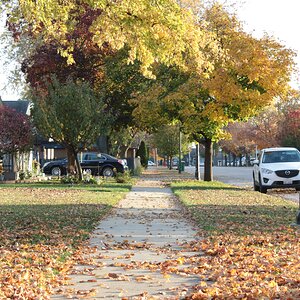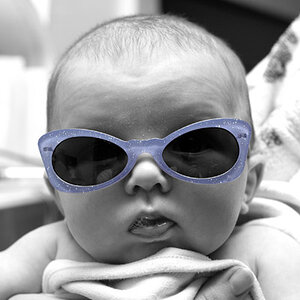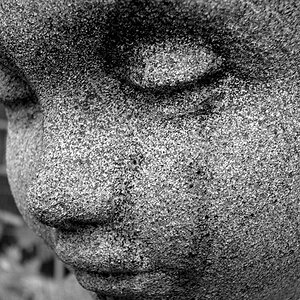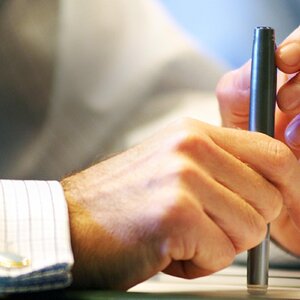groo
TPF Noob!
- Joined
- Jul 11, 2011
- Messages
- 4
- Reaction score
- 0
- Location
- Calgary, AB
- Can others edit my Photos
- Photos NOT OK to edit
Hello,
I am new to Photography and I just purchased a Canon t3i recently. I have been playing around with the settings a bit and I came across a situation that I did not understand, so I thought perhaps you guys could help.
I am taking a picture in a fairly dim lit room and I am comparing the setting between different camera modes:
green auto mode sets the iso at 400 shutter speed at 1/60 and aperture to 5.0 using the flash.
It try tv mode and set the shutter speed and iso manually to 1/60 and 400 using the flash, and aperture gets automatically set to 5.0, so the same as full auto mode
but when I try Av mode and set aperture to 5.0 and iso to 400 using the flash, it wants to set shutter speed to 0"6 instead of 1/60 and takes a very different picture due to the longer shutter speed.
So my question is why is Av mode setting the exposure so much differently than Tv mode? if in Tv mode with a shutter speed of 1/60 and aperture of 5.0 is correct for proper exposure why is it not correct (or perhaps I should say different) in Av mode?
I would say that Av mode looks more true to life because the lighting isn't as white from the flash as it is in Tv mode, and has a more natural yellow glow from the light in the room.
Thanks,
Keir
I am new to Photography and I just purchased a Canon t3i recently. I have been playing around with the settings a bit and I came across a situation that I did not understand, so I thought perhaps you guys could help.
I am taking a picture in a fairly dim lit room and I am comparing the setting between different camera modes:
green auto mode sets the iso at 400 shutter speed at 1/60 and aperture to 5.0 using the flash.
It try tv mode and set the shutter speed and iso manually to 1/60 and 400 using the flash, and aperture gets automatically set to 5.0, so the same as full auto mode
but when I try Av mode and set aperture to 5.0 and iso to 400 using the flash, it wants to set shutter speed to 0"6 instead of 1/60 and takes a very different picture due to the longer shutter speed.
So my question is why is Av mode setting the exposure so much differently than Tv mode? if in Tv mode with a shutter speed of 1/60 and aperture of 5.0 is correct for proper exposure why is it not correct (or perhaps I should say different) in Av mode?
I would say that Av mode looks more true to life because the lighting isn't as white from the flash as it is in Tv mode, and has a more natural yellow glow from the light in the room.
Thanks,
Keir


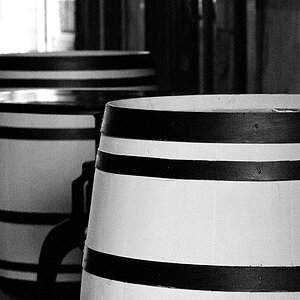
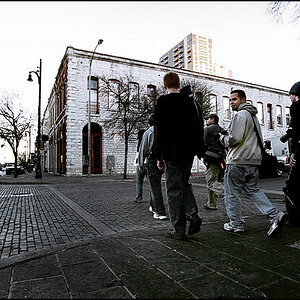
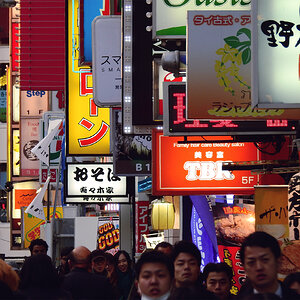

![[No title]](/data/xfmg/thumbnail/32/32630-d78de94d84be2acf57d5e0923482b4da.jpg?1619735552)
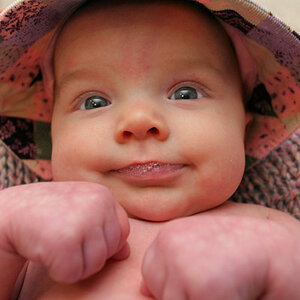
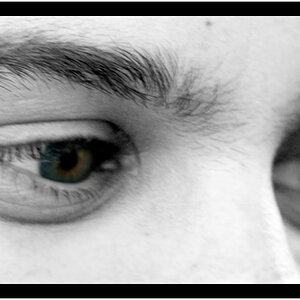
![[No title]](/data/xfmg/thumbnail/33/33875-e155733428c9a8d5f34bbc19e80e29a6.jpg?1619736181)
